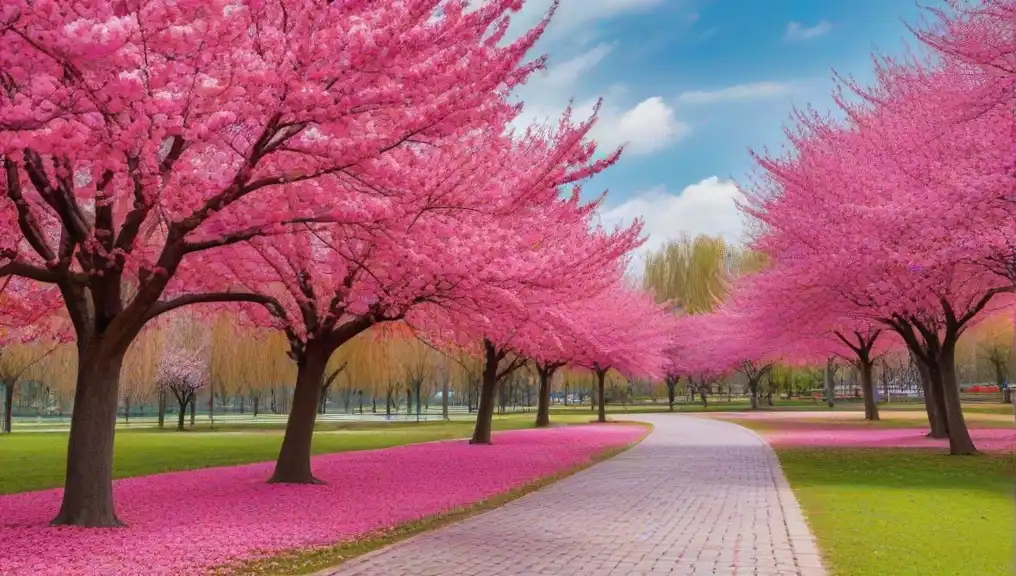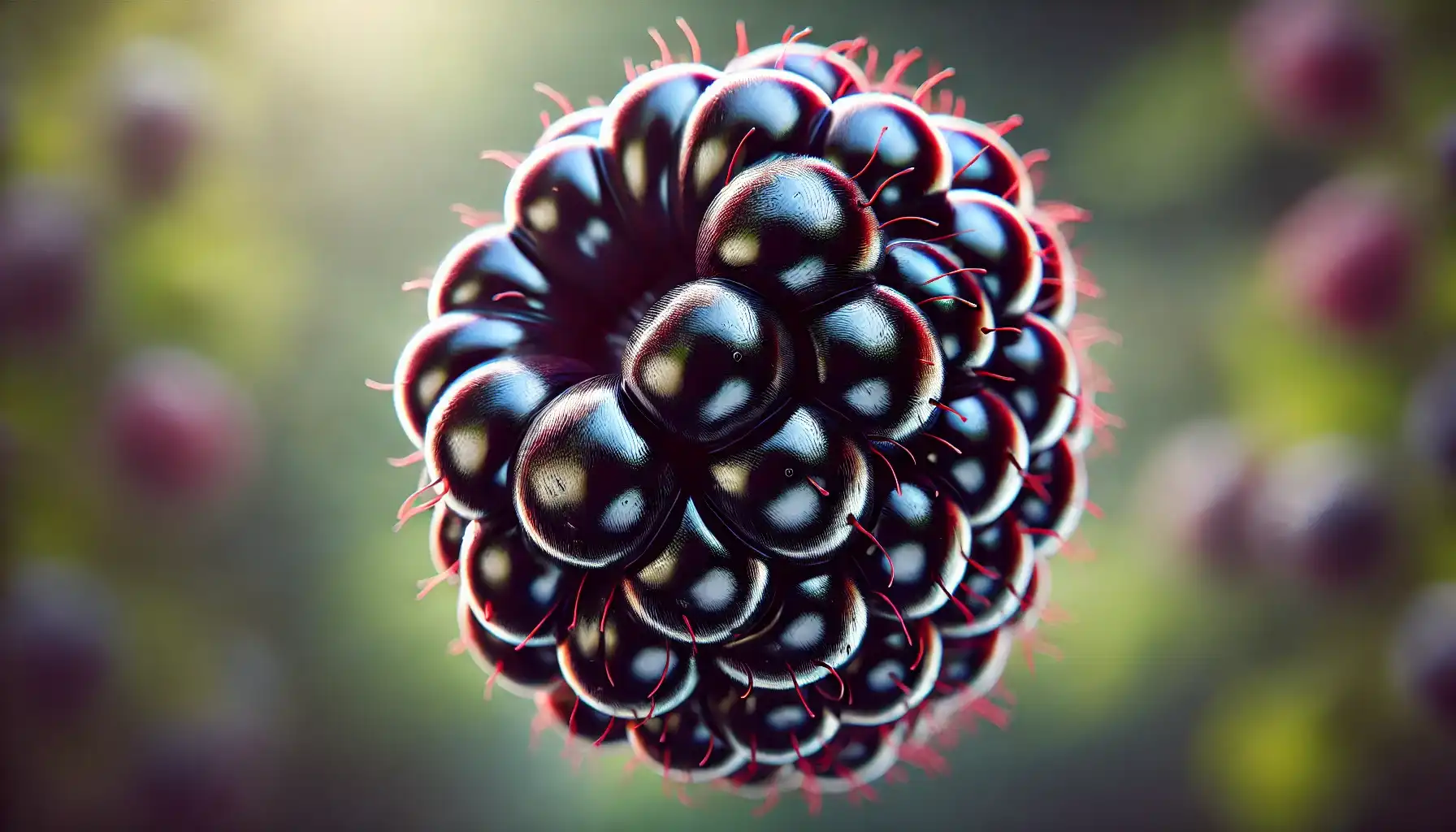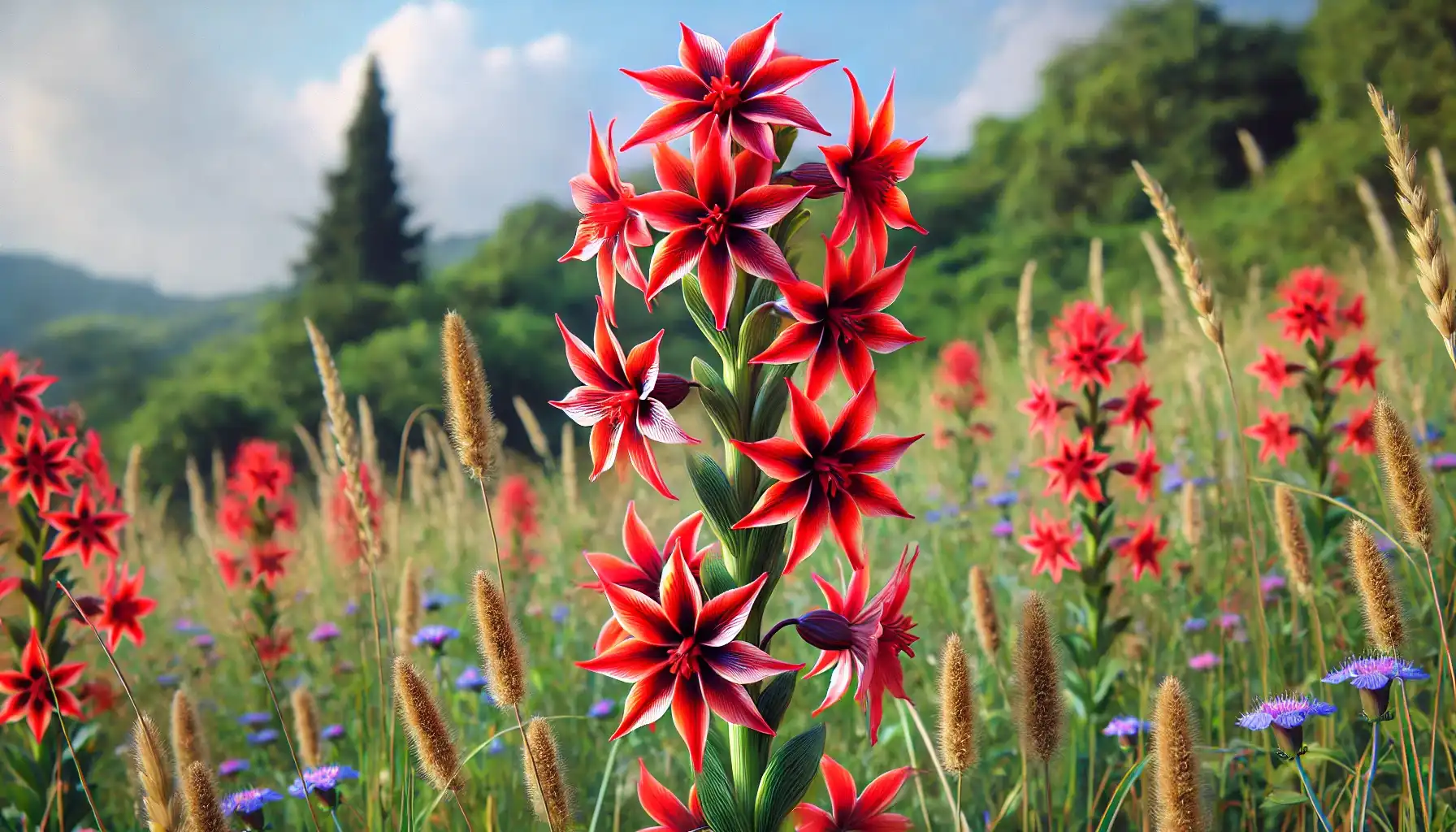The Aloe Vera Phenomenon: Why to Cultivate and Where to Find
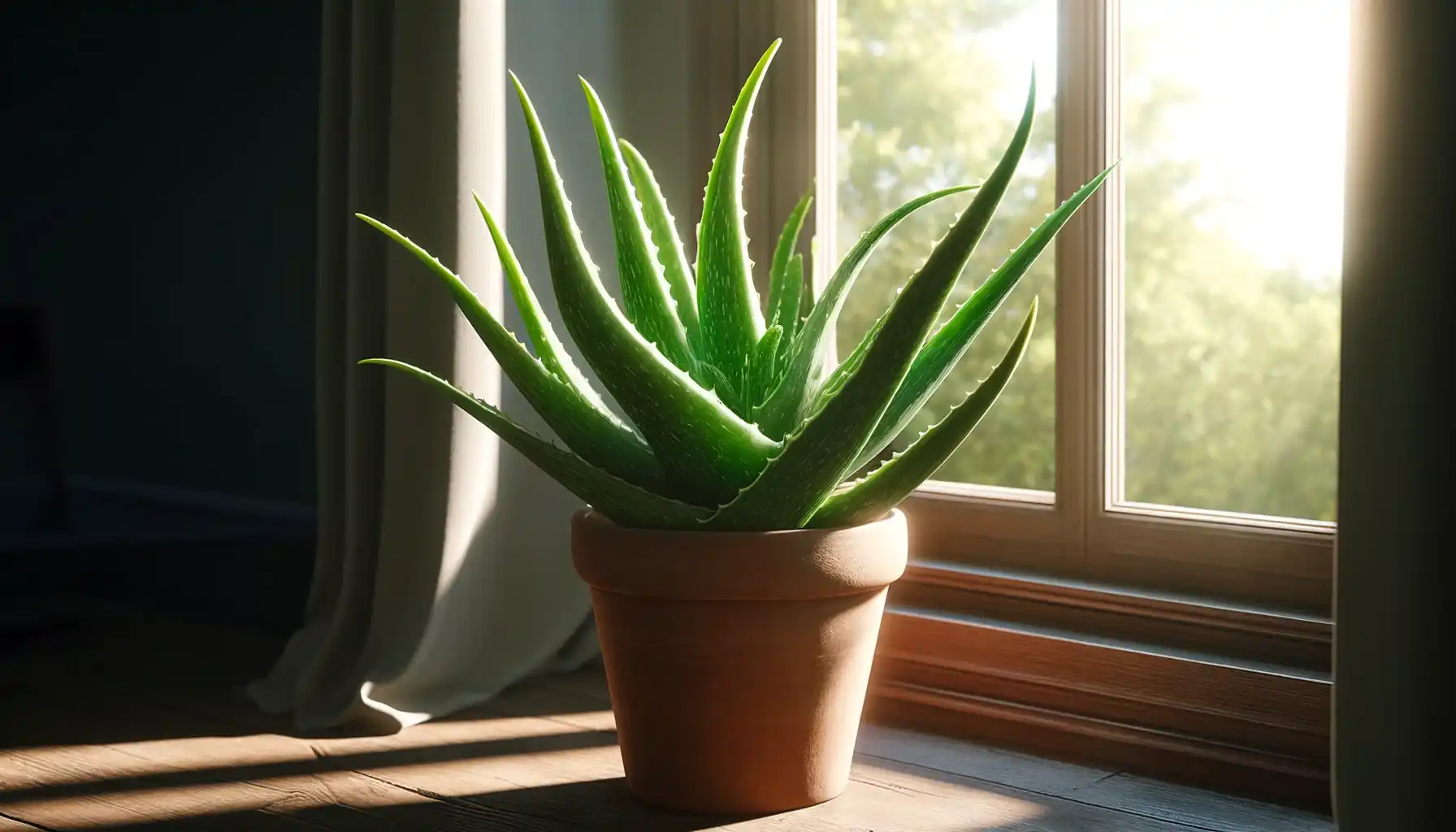
The world around us is full of natural resources for healing and sufficient nutrition, but aloe vera is one of the most prominent instances for people to benefit from. Although this plant was originally praised due to its cosmetic and medicinal properties, its popularity and spheres of application inevitably continue to grow. Nevertheless, aloe is a remarkably complex plant that harbors way more secrets than you could ever imagine.
Contents:
The world around us is full of natural resources for healing and sufficient nutrition, but aloe vera is one of the most prominent instances for people to benefit from. Although this plant was originally praised due to its cosmetic and medicinal properties, its popularity and spheres of application inevitably continue to grow. Nevertheless, aloe is a remarkably complex plant that harbors way more secrets than you could ever imagine.
Many plant enthusiasts who know about this peculiar life form wonder where to find aloe plants, what they need to develop into mature succulents, and how to cultivate them properly. Explore what aloe vera actually holds, how come it is so popular, and which digital tools are ideal for gardening.

Briefly About Aloe Vera
Aloe vera is a succulent plant species known for its thick, fleshy leaves that contain a clear gel, frequently used in different beauty products and medications to provide relief for burns, wounds, and other skin conditions. The appearance of the succulent is rather unique. The green leaves of aloe are “framed” with small light green to white pricks, which is typical for desert plants adapted to arid and hot environments.
The prevalence of this particular aloe species remains a mystery. Native to the Arabian Peninsula, aloe vera does not really differ from other aloes but manages to spread all over the world and be ubiquitously employed.
Some scientists made an attempt to decipher the phenomenon of aloe vera and understand the reasons for its superiority. They concluded that this all seems to be a coincidence, for aloe vera used to thrive in closer proximity to people. There is no biological reason for this level of popularity, as they assert.
Nowadays, aloe vera is considered one of the most widely used plants in the healthcare and beauty industries. Besides, it is an excellent addition to any indoor environment, for it may provide a number of benefits with little upkeep. But what exactly can they offer?
Benefits of Aloe Vera Plants
As stated above, aloe vera is a magnificent plant able to nourish and heal living beings. Growing such a plant at home may offer dozens of benefits, improve the conditions, and create an aesthetic yet healthy atmosphere.
Medical Properties: The highly valued gel stored in the aloe vera’s leaves is a rich source of various beneficial elements, such as minerals, vitamins, antioxidants, and amino acids. Because of the gel’s composition, it has anti-inflammatory and antimicrobial properties, that may enhance skin condition. What is more, aloe juice may help alleviate constipation, support one’s immune system, and promote overall health.
Skin Care: Today, aloe vera gel is a popular element in skincare routine due to its hydrating and moisturizing effects. While some companies incorporate aloe into their products, others create products consisting entirely of aloe gel. Nonetheless, like any other organic solution, aloe vera may cause allergic reactions, so be mindful before implementing it into your skincare plan.
Natural Air Purifier: Besides, aloe vera plants placed indoors are able to improve air quality. Similar to other plants, aloes absorb carbon dioxide, release oxygen, and even eliminate pollutants, making the environment more suitable for people, especially those suffering from respiratory diseases.
A Touch of Tropics: The aesthetic appeal is also an essential aspect that cannot be missed when one chooses an appropriate plant to cultivate. Aloe vera, with its peculiar form and unusual leaves, is a great natural addition to the interior and personal garden in particular.
At this very point, one may finally decide that aloe is a good option to choose. Nevertheless, the question of where to find aloe vera plants often haunts those who do not know where to start. So, it is high time we explored this problem from different perspectives.
Where Can You Find Aloe Vera Plant in Nature?
At first, the issue of the aloe vera origin was the subject of much debate, for most scientists could not trace where it initially grew. However, botanists may now conclude that aloe vera is definitely native to the Arabian Peninsula, though it has become widely naturalized in other regions with suitable climates as well.
Where can I find the aloe vera plant? When in the wild, aloe vera plants prefer arid and hot climates with consistent exposure to light. These desert-like conditions may guarantee that the plant successfully grows and thrives.
Among places where one can commonly find aloe vera in nature are tropical and subtropical regions of Australia and South America, as well as arid and semi-arid areas of North Africa, the Canary Islands, Cape Verde, the Mediterranean, the southern parts of the USA, and Mexico.
Nonetheless, aloe vera can be grown at home when one meets all the environmental requirements. Appeal to the local plant nurseries to choose the best aloe vera possible, check your capabilities, and take a baby plant home.
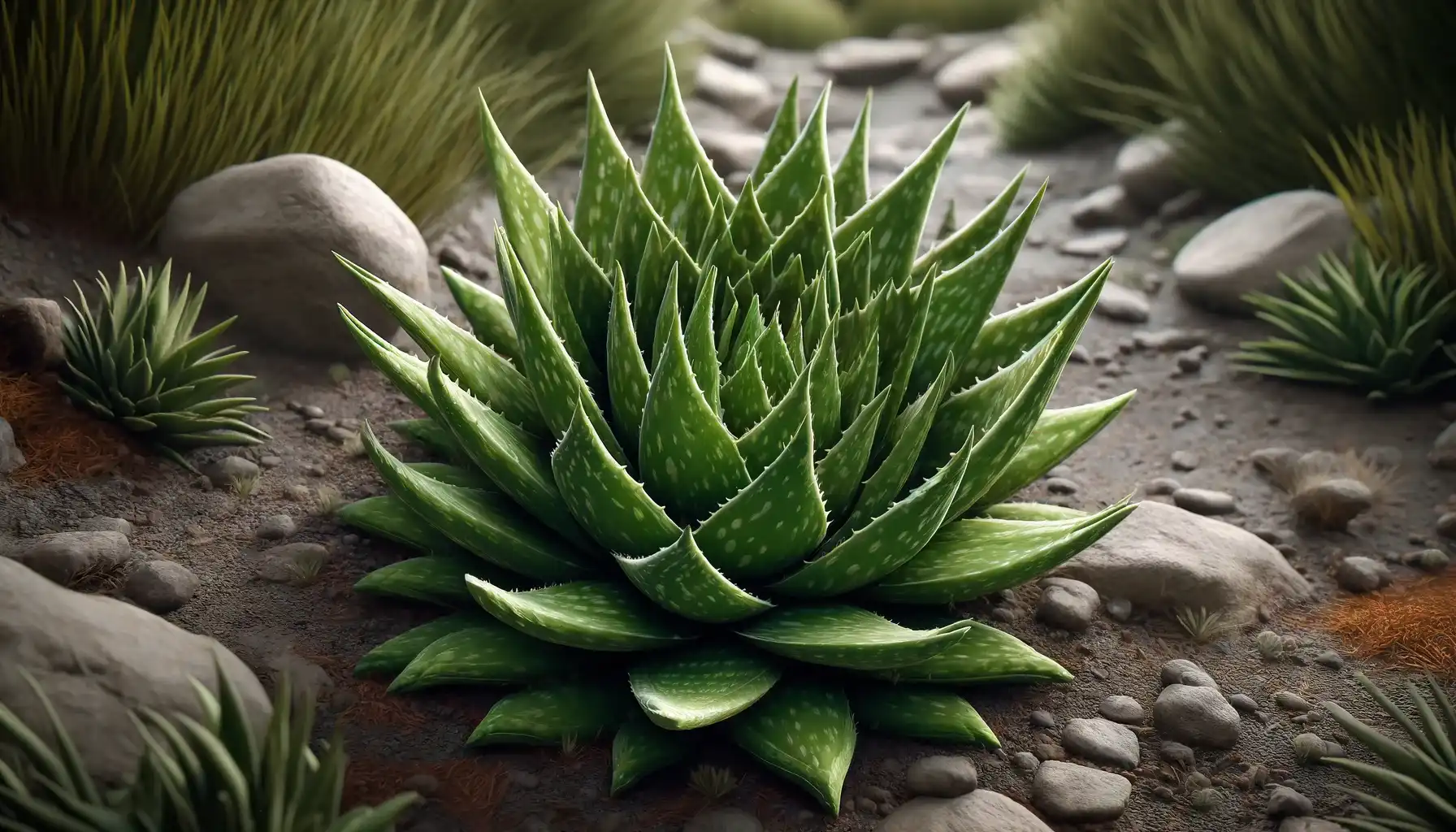
How to Grow Aloe Vera at Home
Most people who only start their planting journey struggle to find relevant and up-to-date information about the plants and their common needs. In general, aloe vera is a low-maintenance plant which means it does not take long for one to plant aloe and then take care of it properly. Here, we have compiled a brief overview of what you should know to grow your first aloe vera at home.
Step 1. Know the Requirements.
As a desert creation, aloe vera always needs a lot of sunlight, well-drained sandy soil with a 7.0 to 8.5 pH level, decreased need for hydration, warm and stable temperatures, and plenty of room to grow. Ensure that your plant meets the basic requirements for it to perform its functions and bloom.
Step 2. Plant Your Aloe Vera.
The easiest way to plant aloe is to buy an already potted aloe vera baby. Yet, if you would like to plant it on your own, select a well-draining soil mix and a sunlit spot. Dig a hole slightly larger than the root ball, place an aloe pup in the hole, and cover the roots with soil. Water lightly in one week, and let the soil dry out between waterings to prevent root rot.
Step 3. Take Care of the Plant — Use AI Plant Finder for Your Pleasure.
Taking care of any plant species may be time- and energy-consuming. Since most people neglect this process, plants usually do not come alive but wither as soon as possible. To prevent this, we recommend the AI Plant Finder app for you to take control over the aloe vera’s health.
Keep track of your plant and set up plant care reminders so as not to forget about this essential yet sometimes boring routine. Calculate how much water and light your plant needs at each stage of its development and explore tips on how to enhance its appearance even more. The AI Plant Finder knows about more than 400,000 plant species; thus, aloe vera is no longer a mystery for you and the app.
By the way, AI Plant Finder offers numerous additional tools that should help you cope with different plant problems. Did your plant get sick? Why does it have yellowing leaves? Open the camera right in the app to identify a plant, detect a problem, and discover treatment plans with ease.

Aloe vera is a beneficial plant that may give you something more than just a sense of beauty and tropics. For it to grow and thrive, though, one should also make an effort and take care of the plant with respect. Let your aloe vera stay healthy and contemplate your own plant paradise at home.
Share:
Read More
Identify Any Plant, Diagnose Every Disease
Download Our App Now!
